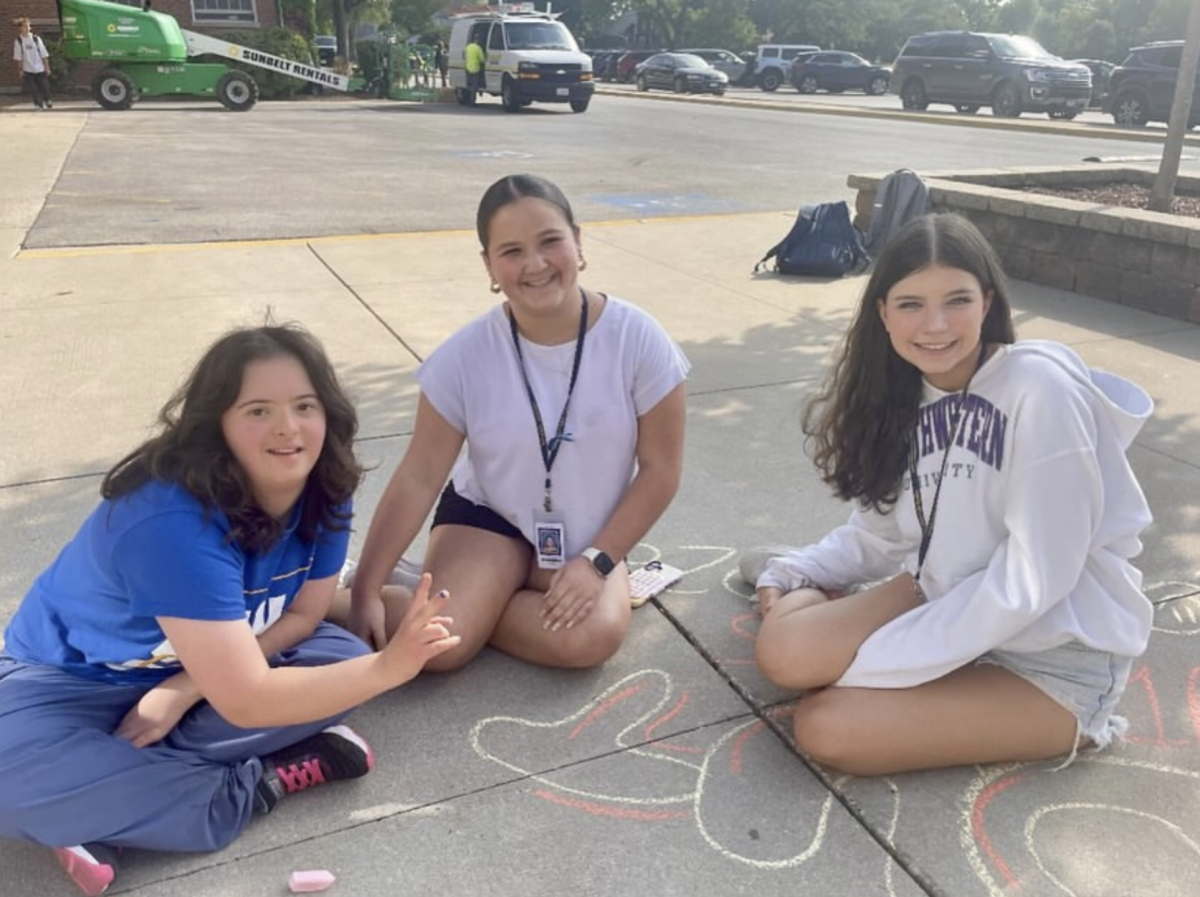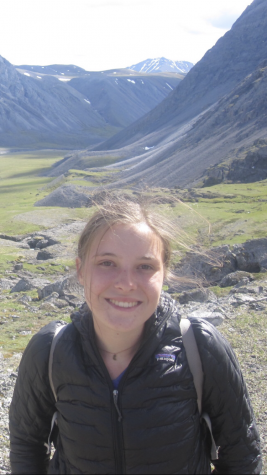The Arctic National Wildlife Refuge is a stunning, remote wilderness area that stretches across over 30,000 square miles of northeastern Alaska. Last year, it was opened for oil and gas development.
The refuge, also known as ANWR, was established in 1960 to protect caribou, other game, and plants — many of which are unique to the Arctic. Over 700 of the plant species are completely dependent on the environment found in ANWR.
The wilderness has not been completely untouched over the last 58 years. Republicans have attempted to start drilling about 50 times as of 2017. The Tax Cuts and Jobs Act of 2017 officially permitted what many land conservationists had long been dreading: the 1002 Area of ANWR was opened for development.
There is no shortage of people who consider this a good thing. President Trump, Alaskan senators, and many local firms see it as an opportunity. Not only will it provide jobs for members of impoverished Arctic communities, but it will open up an area of land that has been predicted to hold 7.7 billion barrels of oil. However, these economic supporters make no move to acknowledge the fact that the drilling may be better in theory than in practice.
A second important victory for the oil industry happened 38 years before the passage of the Tax Cuts and Jobs Act itself. Seismic work was launched in ANWR in 1980.
Seismic testing in Alaska was originally done along the coastal plain. It involves using blasts of sound to locate oil and natural gases, and can be invasive and disturbing to wildlife. Today, marks from the tests still scar the land amid the otherwise untouched ecosystem.
Now, multiple Alaska Native corporations have applied to continue with more intense testing during the winter of 2019.
Seismic work is controversial because of its unknown effects animals. While studies have been conducted to evaluate the extent of potential natural resources in the area, none have given any consideration to how additional testing may influence wildlife. The use of sound blasts, explosives, and airstrips will unquestioningly disrupt animals who call the refuge home. There is particular concern for hibernating polar bears along the Beaufort Sea, whose population has dwindled down to 900.
The testing is not the only issue that is drawing the attention of apprehensive Americans. So-called “tundra tractors” will be used in the 1002 Area and can easily disturb or destroy the fragile Arctic vegetation. What’s more, oil spills can be devastating for wildlife — a phenomenon that has been seen too many times in similar situations.
So, how is this issue related to students at LFHS? And is there anything we can do to help?
In a larger sense, it is important to inform the general public about the ANWR drilling situation, especially during a time when it is such a controversial and relevant subject. Many people do not know about it, or if they do, it is oftentimes only one side of the story. Forming an opinion about a hot button issue isn’t easy without a holistic view of the matter.
And on a more local scale, the most important thing we can do is exercise our right to vote. Environmental concerns go beyond protecting just one wilderness area. Our planet’s future depends on what the government decides to do with it.
National governments play a crucial role in topics ranging from environmental awareness to social justice and everything in between. But local elections can undoubtedly make a resounding impact as well. In educating ourselves and voting based on which nominees promote what we find invaluable to our community, we’ve already taken the first step.
There is power in each vote. Starting with Lake Forest, our generation can and will make a difference. We have only to let our voices be heard.














